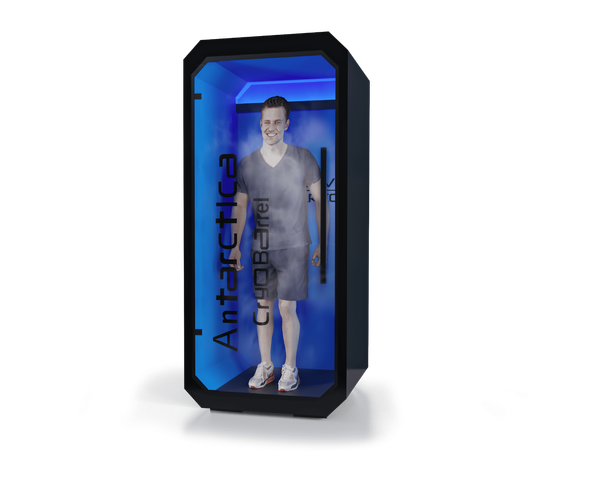Why Doctors Should Fear AI-Powered Diagnostics: Is It Replacing or Assisting?
Table of Content
As Artificial Intelligence is making waves in healthcare, AI-powered diagnostics are often touted as the next big thing. But let’s be real — are doctors looking at a helpful assistant or a future replacement?
While technology promises efficiency, accuracy, and cost savings, many doctors understandably feel skeptical, even fearful. After all, no one wants to be replaced by a cold, calculated algorithm.
Let’s break down the reality behind AI diagnostics, understand why doctors might fear it, and why this fear is both valid and something we can address.
Spoiler alert: It’s not all bad news!

The Hype vs. The Reality
AI-powered diagnostics have been making headlines for their ability to detect diseases like cancer, heart conditions, and even rare disorders.
Machines trained on vast datasets can often spot subtle patterns in imaging or lab results faster than human eyes.
But here’s the thing — diagnostics is more than just pattern recognition.
Doctors use their intuition, clinical judgment, and patient history to arrive at conclusions.
An AI model might flag an issue on a scan, but it won’t hold a patient’s hand, offer reassurance, or consider the emotional context.

Doctors' Fear: Replacement or Displacement?
It's easy to see why some doctors worry. Technology has a track record of replacing roles in industries like manufacturing, logistics, and even customer service. The fear of being sidelined by diagnostic tools that "do it faster" and "do it cheaper" is real.
According to a piece we covered on AI’s role in healthcare, many AI models still struggle with accuracy when tested outside controlled environments. Relying solely on AI could lead to misdiagnoses and a breakdown in patient trust.
In other words, doctors aren't just worried about losing their jobs — they're worried about quality of care.

Where AI Shines (And Where It Doesn’t)
Let’s give credit where it’s due. AI diagnostics excel at:
- Analyzing massive datasets quickly: Machines can process thousands of scans in seconds.
- Spotting patterns: They can find tiny details the human eye might miss.
- Reducing workload: For routine checks, AI tools can lighten the load for overworked doctors.
But where do these tools fall short?
- Context and empathy: An AI can’t understand a patient’s anxiety or the nuance of their symptoms.
- Complex decision-making: Healthcare isn’t black and white. AI struggles with cases that need out-of-the-box thinking.
- Bias in data: If training data is skewed, AI models may misdiagnose or overlook conditions in diverse patient populations, as discussed in our piece on AI bias in healthcare.

Why Doctors Shouldn’t Fear AI — But Should Shape It
Instead of fearing AI, doctors should influence how these tools are developed and used.
AI diagnostics should be thought of as assistive technology — something that enhances medical practice rather than replaces it.
Just like open-source healthcare tools empower hospitals to customize solutions, doctors should help shape AI tools to fit real-world needs. By being part of the conversation, they ensure AI doesn’t just make things faster, but also better.
The Future: A Partnership, Not a Takeover
AI diagnostics are here to stay, but that doesn’t mean doctors are on the way out. The future of healthcare looks more like a team effort: AI offers efficiency and insights, while doctors provide the wisdom, experience, and human connection that machines simply can’t.
In short, don’t fear AI. Guide it. Shape it. And remember, the patient-doctor relationship is built on trust — something no machine can replace.
What’s your take on AI diagnostics? Are they a friend, foe, or something in between? Share your thoughts in the comments below!


















